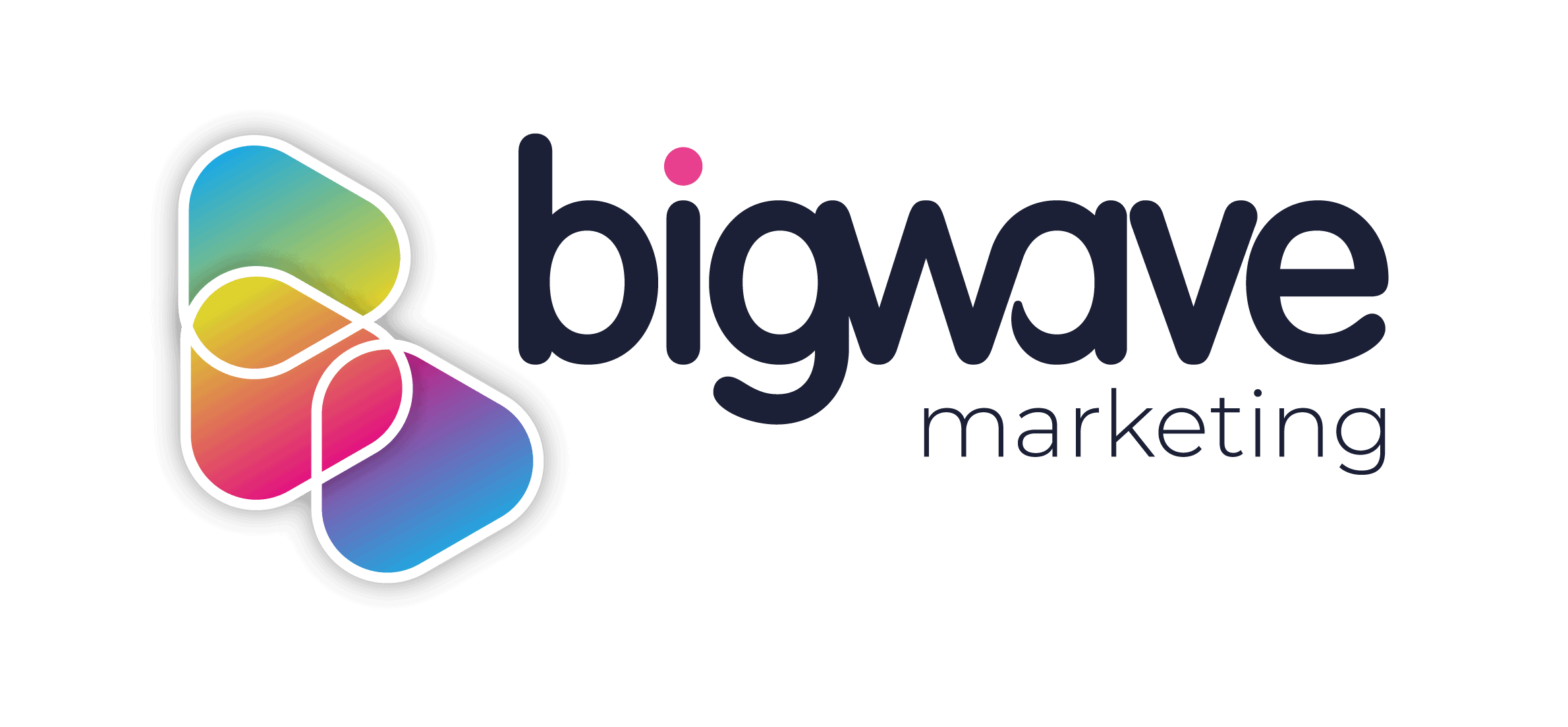Reading and understanding data is undoubtedly the most important aspect of a successful business, especially for audience analysis, so you can learn more about your audience to accurately target them. By looking at your data, you can gain a better understanding of who your audience is, what they want, and how you can grab their attention. You’ll also be able to understand their behaviour and how their behaviour changes.
In this blog, we will break down how you can master audience analysis within your business, a company you work for, or even expand your marketing knowledge.
How to Research and Interpret Your Audience
Understanding your audience is more than just understanding the type of demographics that your audience entails, but is also a process of constantly reviewing and readjusting. By regularly reviewing your target audience, you will be able to notice an increase or decrease in the performance of your brand. Below are some ways to help you start understanding your audience for your business:
1. Research Into Your Target Audience
Find your audience by being specific, customer-centric, and data-backed. Creating a target audience can be effective to find what social media channels will be most receptive to your business, as well as understanding what your audience resonates with in terms of products. Additionally, your brand will have a better indication of direction with this business strategy. You can research your target audience by looking into geographic, demographic, and psychographic information.
2. Segment Your Target Audience
Segmentation involves the separation of your audience into smaller groups. Segmenting your customers can help you to understand their difference in behaviour due to different marketing strategies, as well as receive more refined information from the audience which allows us as marketers to create more effective marketing strategies.
3. Create a Buyer Persona
A buyer persona is a representation of your ideal customer, which is often built from market research and data from your customers already so that you can come up with a ‘semi-fictional person’. This helps to inform your strategy at every stage of the buyer’s journey.
People often don’t understand the difference between buyer persona and target audience – the main difference being that the target audience involves a group of people, whereas a buyer persona involves one semi-fictional individual. This buyer persona enables you to have an aim which is more specific than an audience.
Some questions to think about when creating a buyer persona are:
- What personal information am I looking for? E.g., age, gender location
- What professional information am I looking for? E.g., job role, career path, special skills
- The values and fears of your ideal customer? E.g., what is important to them in terms of products?
- The goals and challenges of your ideal customer? E.g., the prioritisation of their life goals
- Where are they? E.g., what social media do they use?
- Is there any negative information? E.g., any customers you don’t want?
What is Audience Analysis & Why is it Important?
Audience analysis is the process of collecting the maximum amount of information about your audience to really understand who they are and what it is they care about. As audience analysis is a broad subject, there are also different forms of it which are:
Social Audience Analysis
This uses the data on social media platforms to help businesses gain knowledge of their audience.
Branded Audience Analysis
This involves identifying the audience of a specific business whether that is your own or part of another company.
Unbranded Audience Analysis
Understanding an audience of something like a general product type or even readers of a particular blog.
Demographic Audience Analysis
Segmenting and analysing an audience by looking at demographic categories such as gender, age, and geographical location.
Psychographic Audience Analysis
This involves looking at an audience based on personality factors like interests and values.
The importance of audience analysis is clear because of its effectiveness in communicating with an audience that hasn’t been fully understood yet. It is important for businesses to reach the right audiences so that they resonate with the brand.
Ways to Use Analytics to Understand Your Customers
There are more and more ways digitally to drive more revenue and understand customers. Here are ways that you can use data for your business to help you understand your customers more:
Identify and Reward the Best Customers
You can identify your VIP customers by checking data from your customers like average size check, frequency of visiting and lifetime value. Using this data, you can send targeted messages that will keep these customers coming back. For example, you could offer 20% off their next order as an appreciation token. It has been found that making VIP customers feel special with customized promotions can increase their spending by 17%.
Use Customer’s Preferences For Segmentation
Knowing common trends and buying habits and behaviours can help you to understand your customers as well as enable the easy segmentation of your customers. This can help you to set up automatic messages to send to each group.
Win Back Customers
Capture your customer’s buying habits and their visit frequency so that you can act when you notice a slow down in activity. You could send out a promotion starting with “We have missed you; why not order a meal and receive any drink for free!”. You can turn a decline in visits into a positive outcome as this decline will trigger more promotion. Strategies like this to win back customers have shown to drive 49% of lapsed customers back to the brand.
Collect Feedback from Customers
Receiving feedback on a regular basis can be very useful to improve a business. The most effective option for this would be a simple one-question survey which automatically pops up after a customer has made a purchase. This also helps to view this feedback in real-time. Qualitative data like this can often be more effective than quantitative for the long term.
Today’s data technology can give companies the greatest of abilities to help them fully understand their customers. We can predict what a customer wants by combining knowledge of data from demographic, transactional and attitudinal data from both internal and external resources.
Using the methodology we have discussed, you will be able to build a business that holds strong marketing skills and most importantly customer retention by understanding and listening to your audience through data and analytics.
Need a hand with understanding your audience? Get in touch with our SEO experts today!

